Indoor Light
Now that you have a basic knowledge of lighting, it’s time to put it into action…. On your face.
By learning to play with the light and photograph yourself, you’ll get comfortable with two major elements necessary for every photo shoot: the camera and yourself. Getting your picture taken doesn’t need to be a stressful experience; in fact, it can be FUN!
The more practice you get, the better every photo shoot will be. You’ll have the knowledge and experience to create an ideal shoot anytime, anywhere - but you have to practice…
Let the Selfie Challenge begin!
Selfie Challenge: Indoor Light
Find a window that faces the sun
Start this challenge exploring natural light in the comfort of your own home. All you need a window with good natural light, a cell phone (or camera), a timer, and, of course, yourself. A selfie stick or tripod could be a nice bonus also.
Here are a list of my favorite items that will help elevate your selfies to self portraits.
Grab the Playbook guide
How to take the best selfie: angles, hand position and proximity to your face are important. Remember to breathe - holding your breath is actually quite noticeable in photos!
Download The Playbook Guide
Take photo & Review!
Go through your fave photos of the day and pick the best 1 (maybe 2) of each lighting quality. Share your photos and get feedback in the support group. Everyone is pushing the edge of their comfort zones with with you, so you have a safe space to get support and feedback.
This series of indoor light is just using the available light from the
How To Play With Indoor Light
Start here:
Diving in to playing with Indoor Light! The most flattering type of light
side light- 90 Degrees
This type of light is more extreme than 45 degree, completely illuminating only one portion of the subject while leaving the rest in heavy shadow. The bold contrast can make for an edgier exposure, adding a sense of drama to an image. Since this type is so contrasty, this can often highlight imperfections so has to be used wisely.
45 Degrees
Utilizing shadow in a composition is not necessarily a bad thing. In fact, 45 degree light can reveal the shape and dimensions of a subject. You’ll find it when the sun is lower in the sky. To help visualize how this works, think of the light source as coming over just one shoulder. It’s more directional than front lighting, and therefore more dramatic.
Back Lighting
The light is coming from behind you. It can create a dreamy look and feel depending on how much light is available. It can also create a “halo effect” which can add a fun element or be very distracting.











